Before 2015, 29 households in Se San fishing village (village 7, Ia Toi commune, Quang Ngai province) lived temporarily, without a household registration, drifting on the Se San 4 Hydropower Reservoir - located between Quang Ngai and Gia Lai provinces. However, in recent years, with the attention and support of authorities at all levels, Se San fishing village has changed dramatically.
People are supported with legal residence, Se San becomes a model in sustainable poverty reduction associated with economic development in the reservoir area.
Official citizen of Ia Toi commune
Before 2015, the life of people in Se San fishing village faced many difficulties due to not having a household registration, not enjoying the State's policies, children not being able to go to school, and an unstable life in the middle of the waves. Realizing this situation, the People's Committee of Kon Tum province (old) decided to allow the local government to recognize and import 29 households in the fishing village, putting them under official management. These households were temporarily assigned 400m2 of residential land, supported with 50 million VND/household to build houses, send children to school, enjoy social security policies for poor and near-poor households, children were supported with scholarships, and participated in health insurance...
“Living without a household registration, without papers... always feels insecure! Since being granted a household registration, having a house, having land, and having our children go to school, we are extremely happy and feel secure in working and producing...”, Mr. Nguyen Van Trieu, a resident of the fishing village shared.
Not only stopping at stabilizing residence, Ia Toi commune authorities also support people to develop the economy, creating sustainable livelihoods. Aquaculture models and tourism development have gradually changed the face of fishing villages. Se San 4 Hydropower Reservoir has a large water surface area, good water quality, which is an ideal condition for developing aquaculture. Since 2018, from the National Target Program on Sustainable Poverty Reduction, the local authorities have proactively coordinated with functional agencies to deploy 15 models to support breeds and food for people to raise fish in cages. Among them, the model of raising giant catfish in cages implemented by the Department of Science and Technology of Kon Tum province (formerly) in coordination with Can Tho University has brought high efficiency.
“Each cage of giant barb can generate a profit of 20-30 million VND after 12-14 months, with a stable consumption source thanks to the business’s commitment to purchase,” said Mr. Dang Van Thuoc, a household participating in the model. In addition to raising giant barb, the model of raising flower eels (also known as eels) is also successful thanks to the effective use of the lake’s water surface and idle labor in the family. This is a type of fish with high commercial value, few diseases, and good adaptation to the environment.
Developing lake tourism
The initial success of the two cage fish farming models not only increased people's income, helping to reduce poverty quickly, but also helped the fishing village residents begin to form a chain of typical products of the lake area, developing community tourism. Coming here, visitors can experience activities such as fishing, rowing, watching people catch anchovies using traditional methods, enjoying rustic dishes made from fish... In particular, many OCOP products from freshwater fish such as dried anchovies, anchovy rice paper, anchovy sauce, dried snakehead fish... have become specialties favored by tourists.
Mr. Nguyen Van Trieu's family is one of the households that boldly invested in building a seafood restaurant model, organizing small experience tours, providing food and accommodation services for tourists. "We focus on tourism associated with traditional fishing, creating a unique highlight. Tourists love the peaceful space on the lake and fresh fish dishes prepared on the spot, especially during the dry season and holidays," Mr. Trieu shared. With more than 2,000 visitors each year, the fishing village is emerging as a potential community ecotourism destination in Ia Toi commune.
In the coming time, Ia Toi commune plans to plan community tourism associated with tours to explore the primeval forest, Se San lake, and connect with other eco-tourism destinations in the region. Local authorities coordinate with specialized departments and offices to train tourism skills, tour guides, and food processing; support access to loan sources to invest in infrastructure. At the same time, develop policies to support investment in transport infrastructure, electricity, clean water, and standard toilets for tourism... Functional sectors continue to replicate high-value fish farming models, promote trade promotion, connect markets for aquatic products; promote the image of fishing villages as a unique cultural and eco-tourism destination in the Central Highlands region...
Source: https://baolamdong.vn/cuoc-song-moi-tren-lang-chai-se-san-383591.html


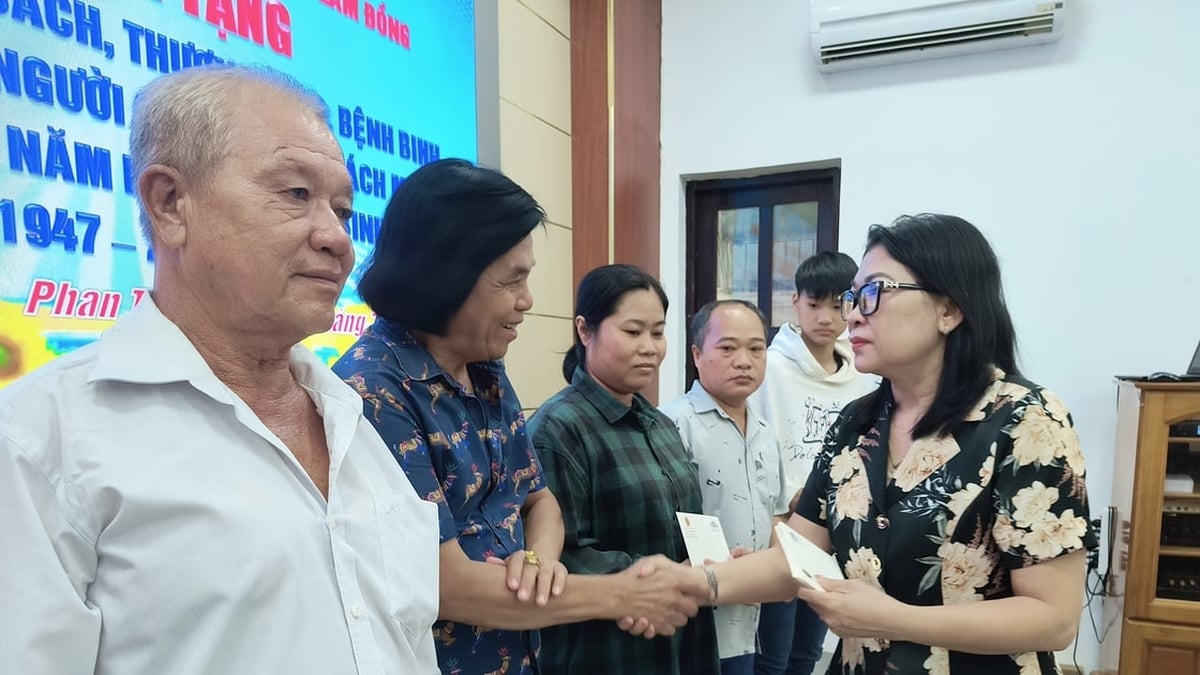
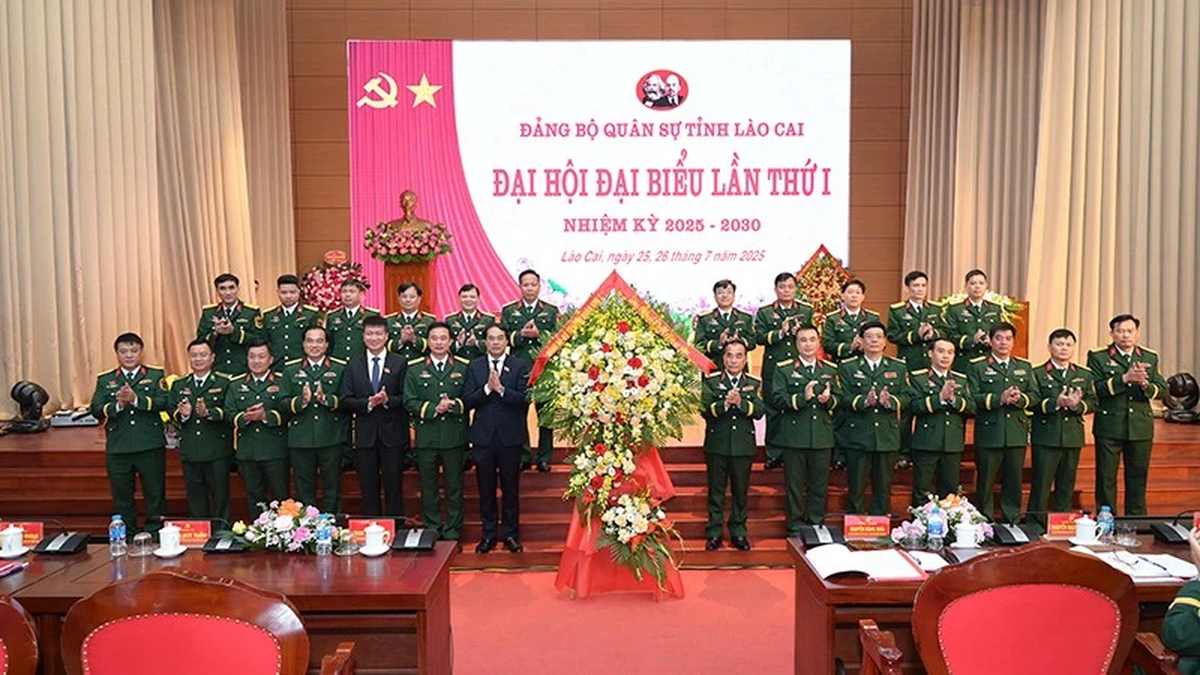
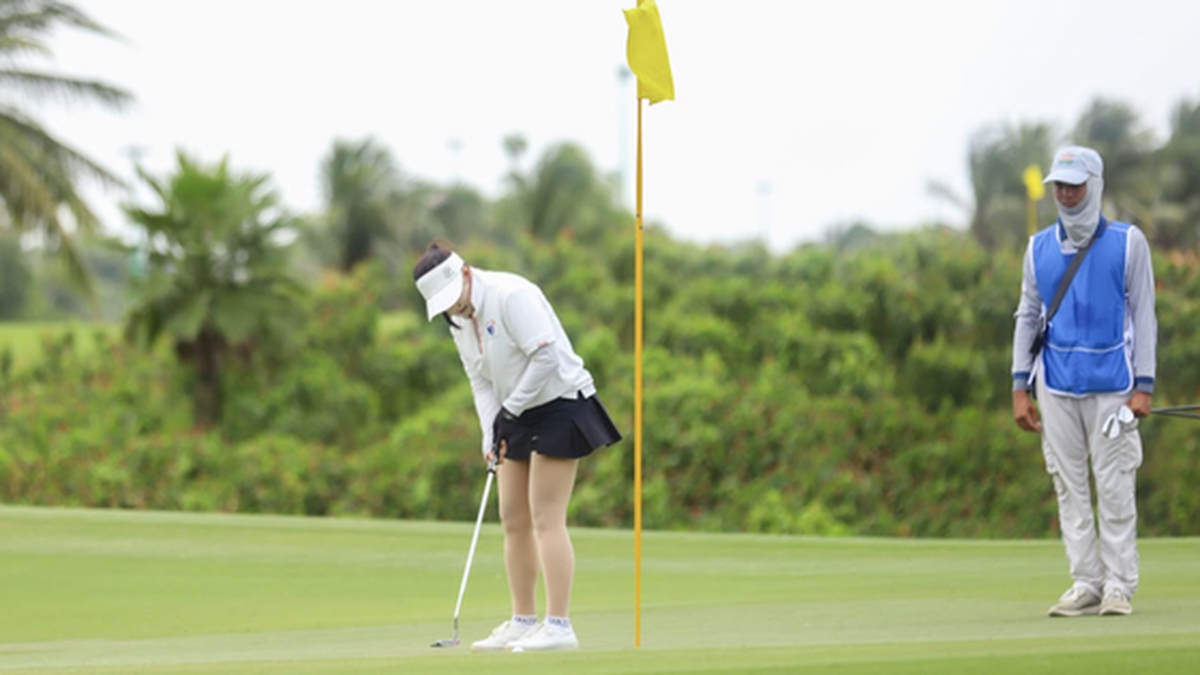
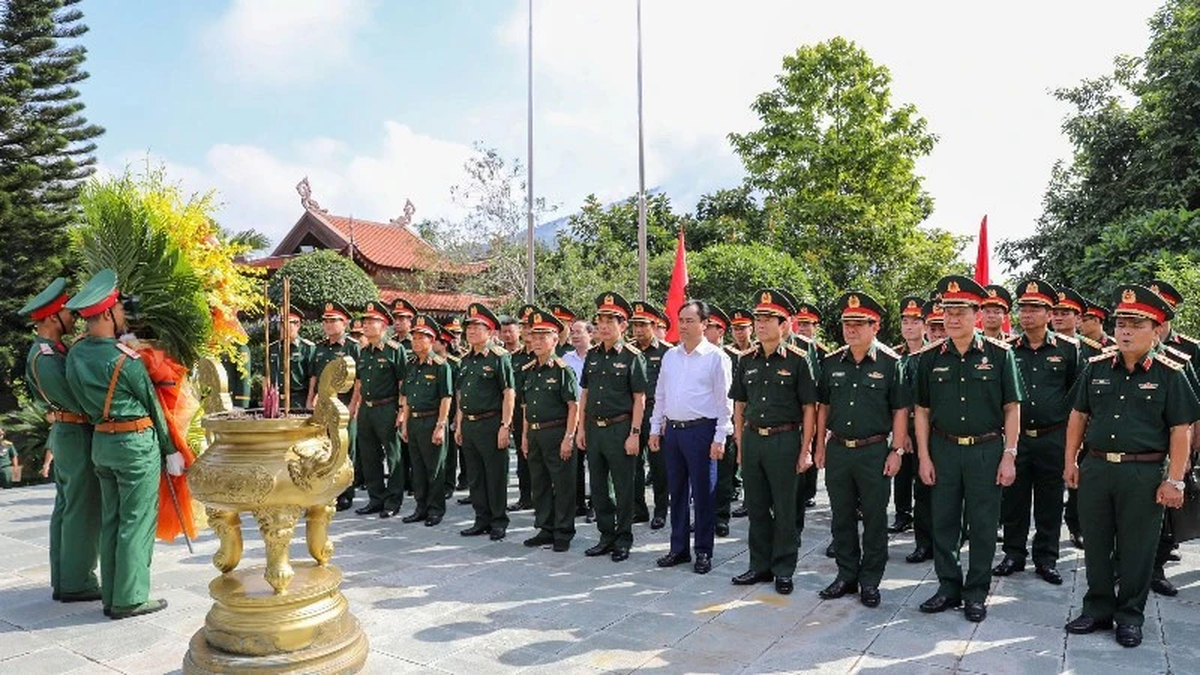
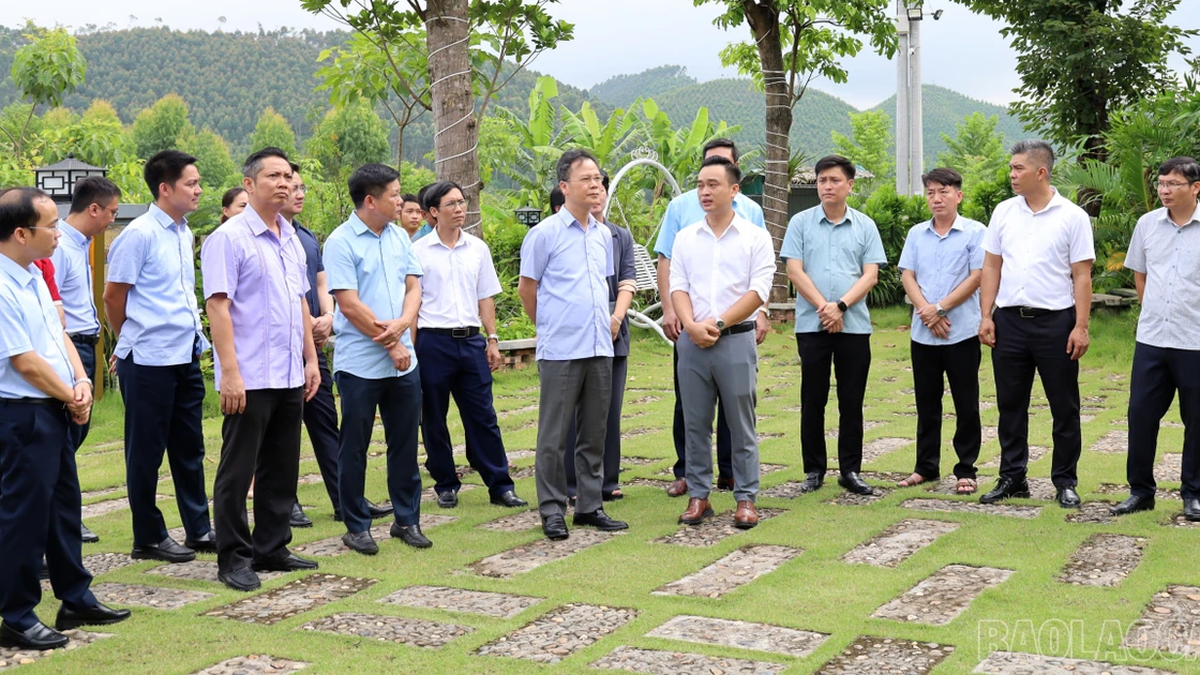
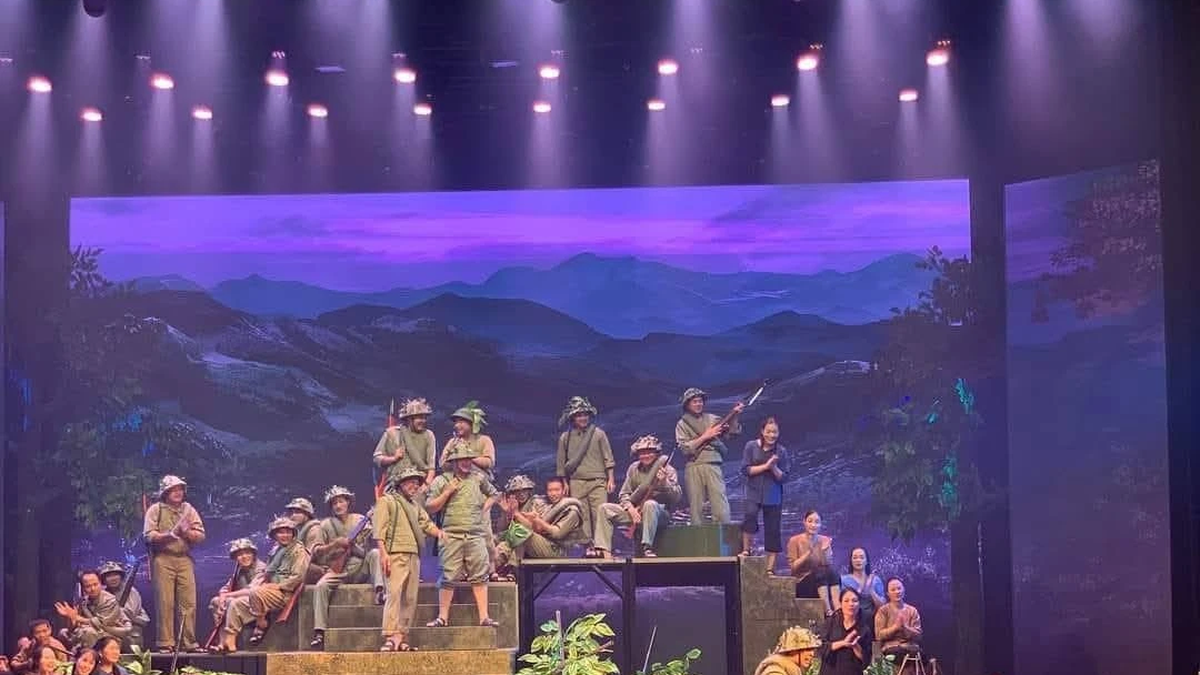
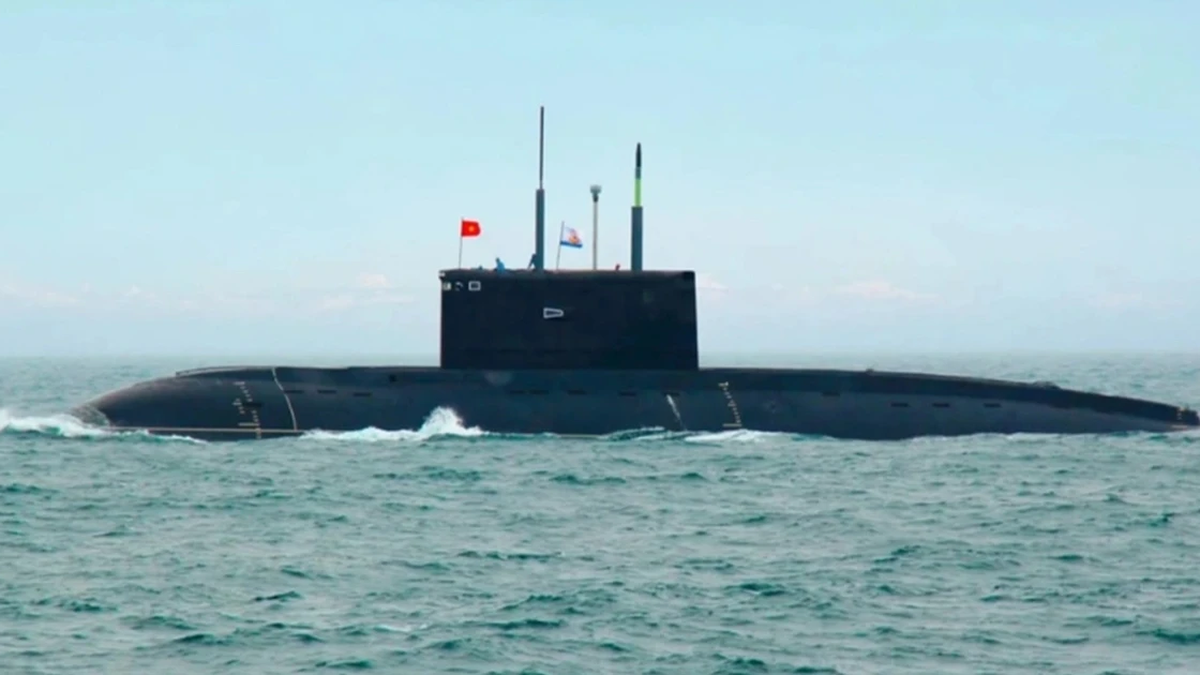
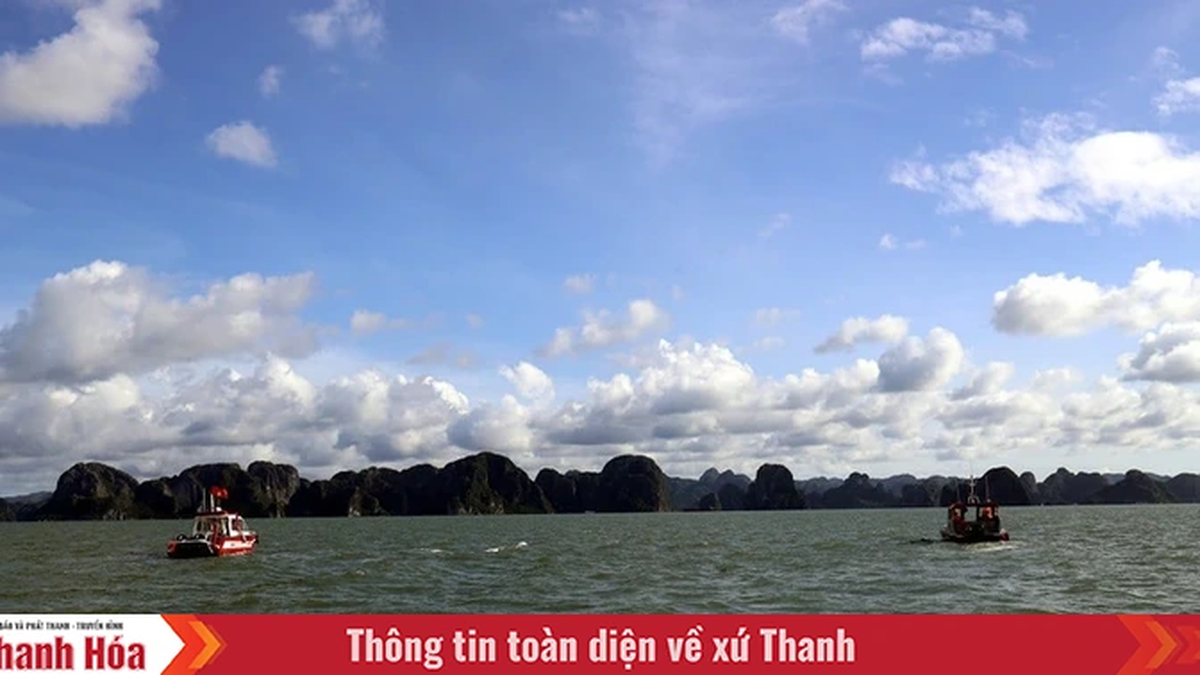

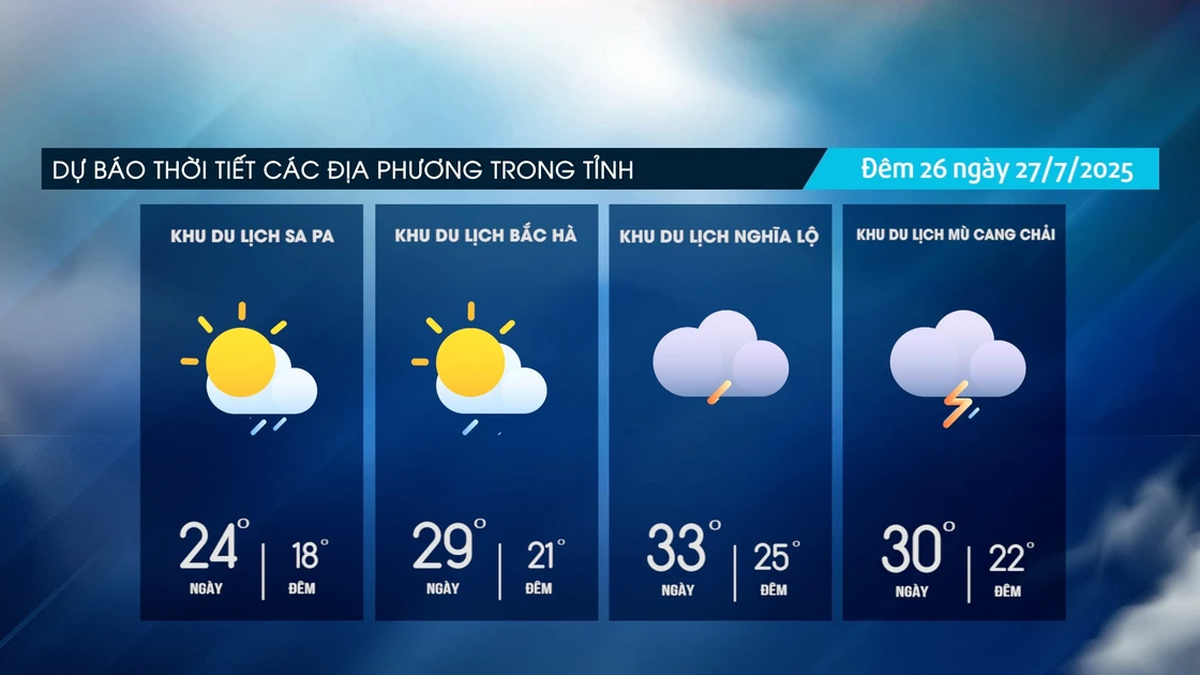









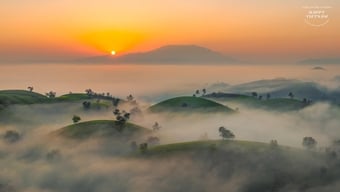

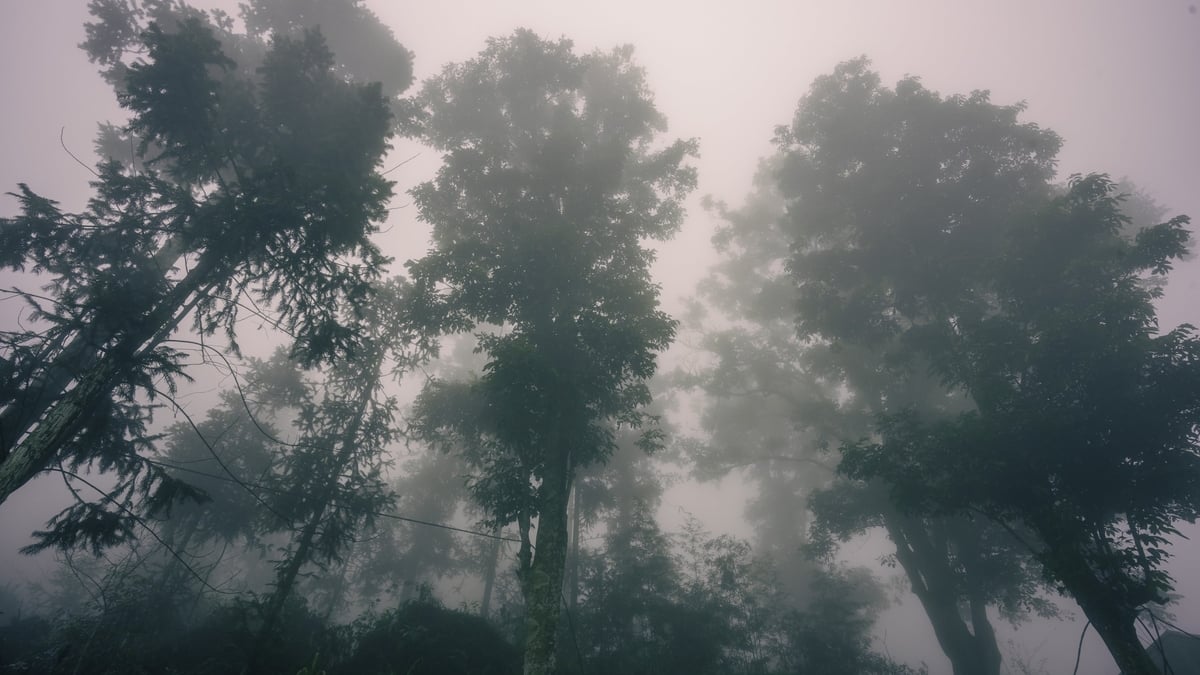
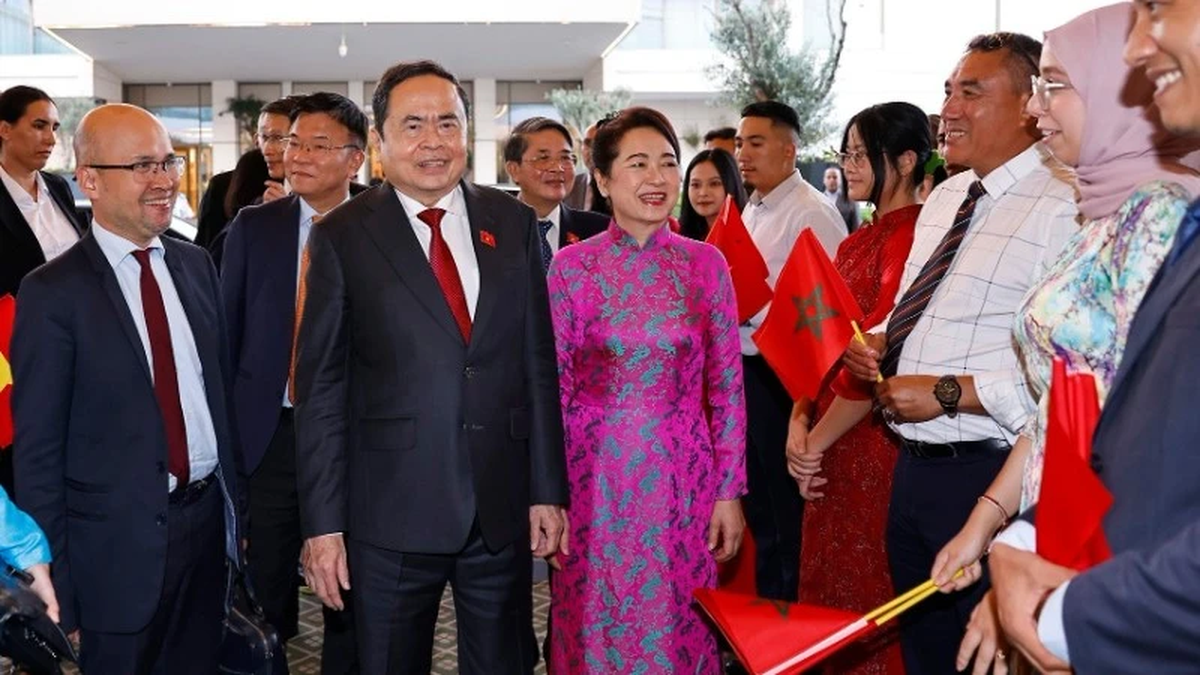
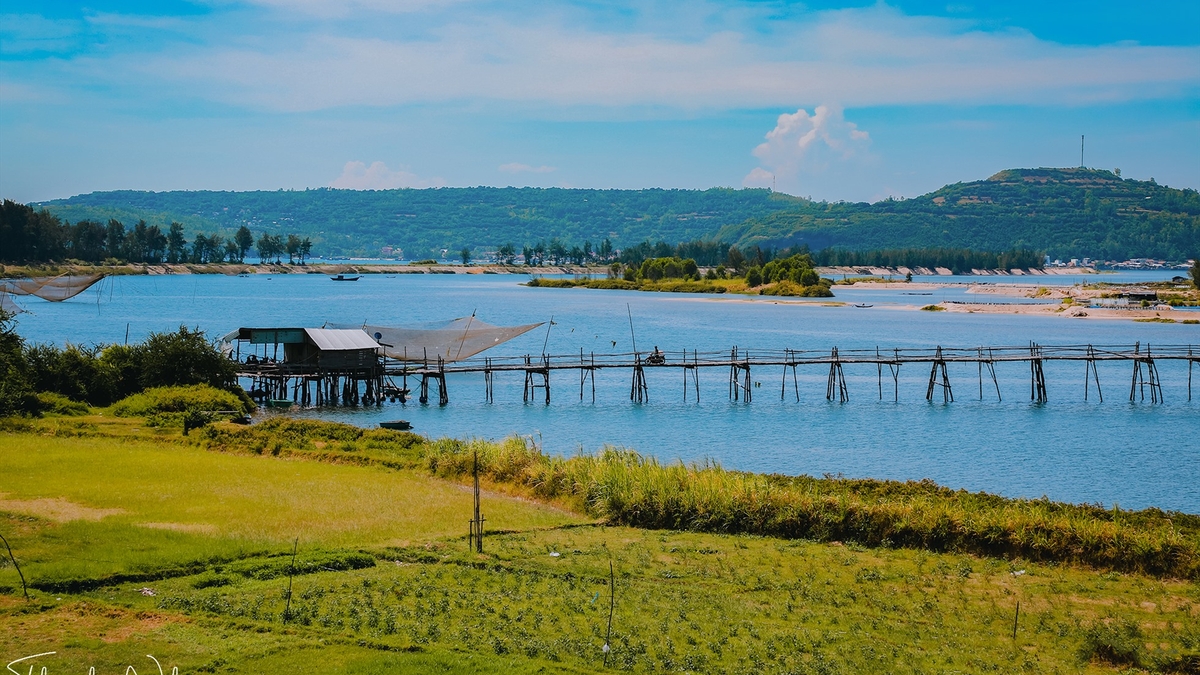
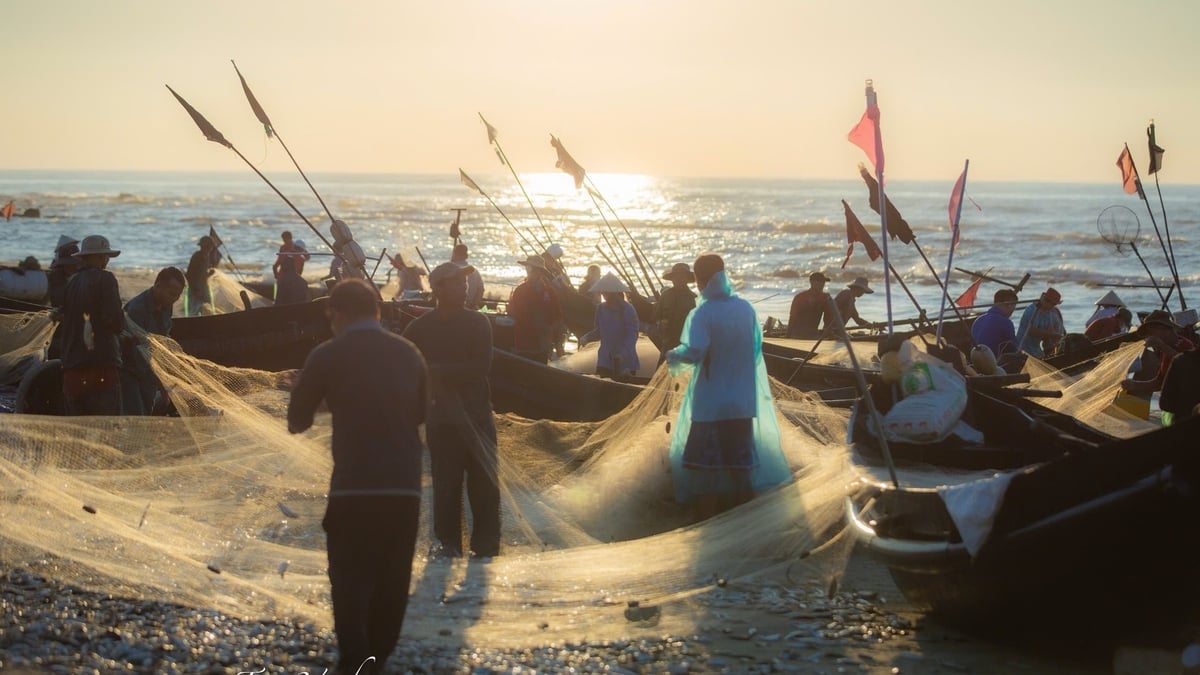
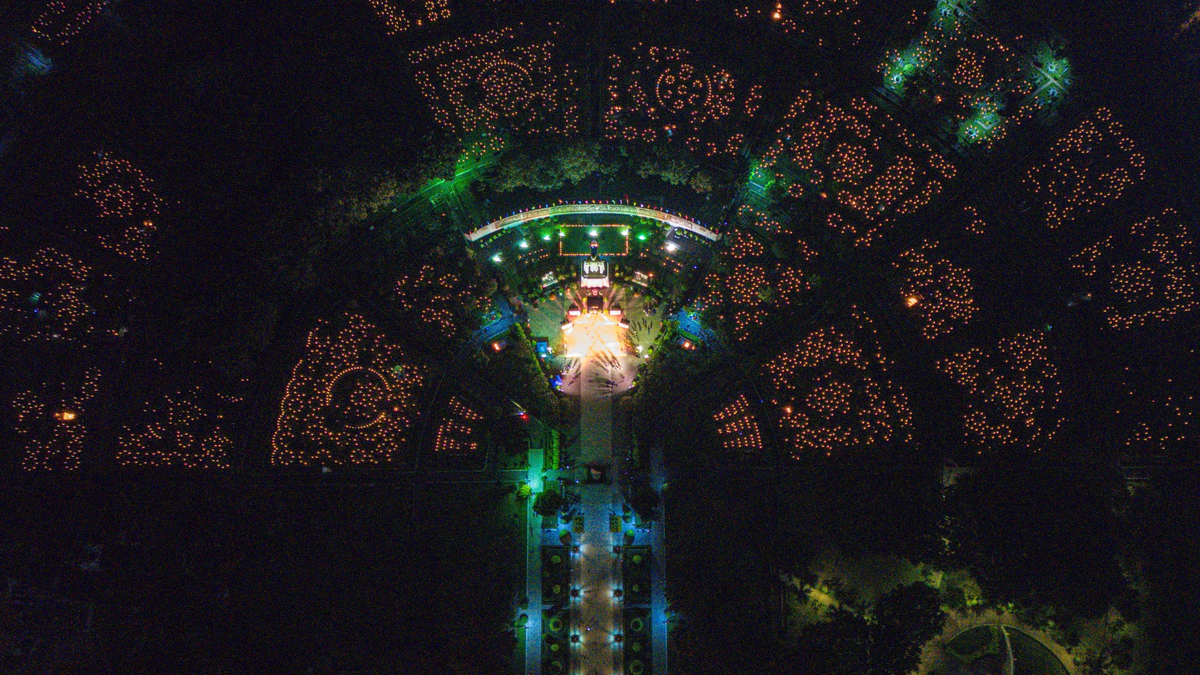
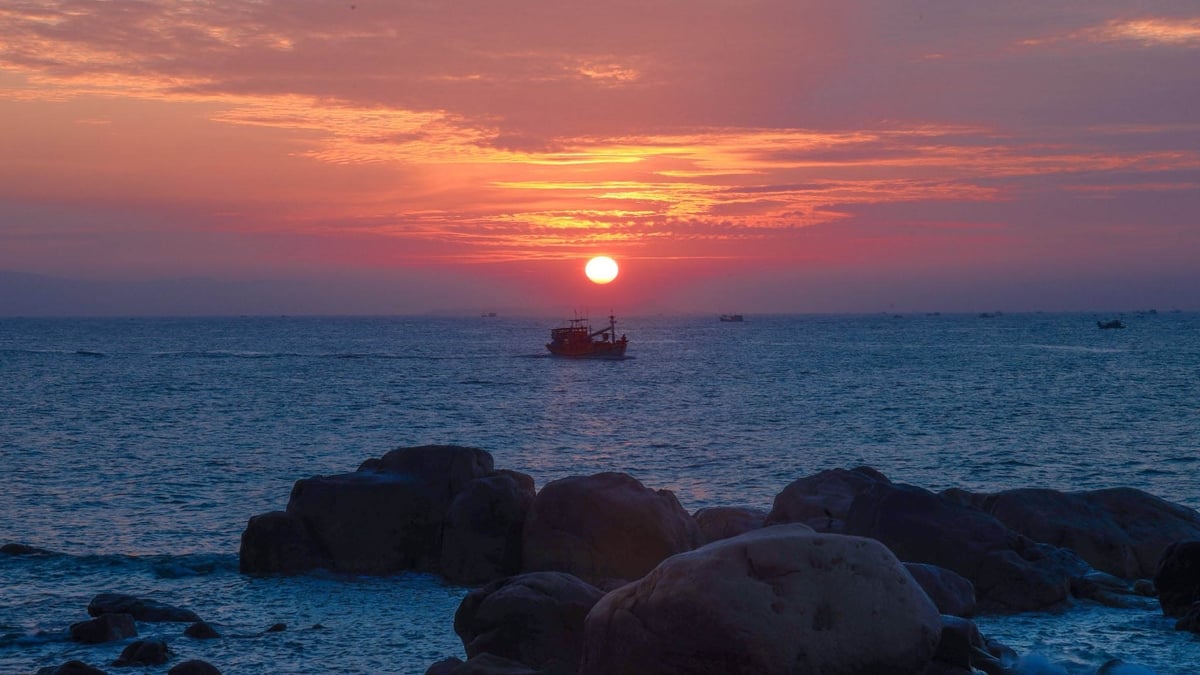


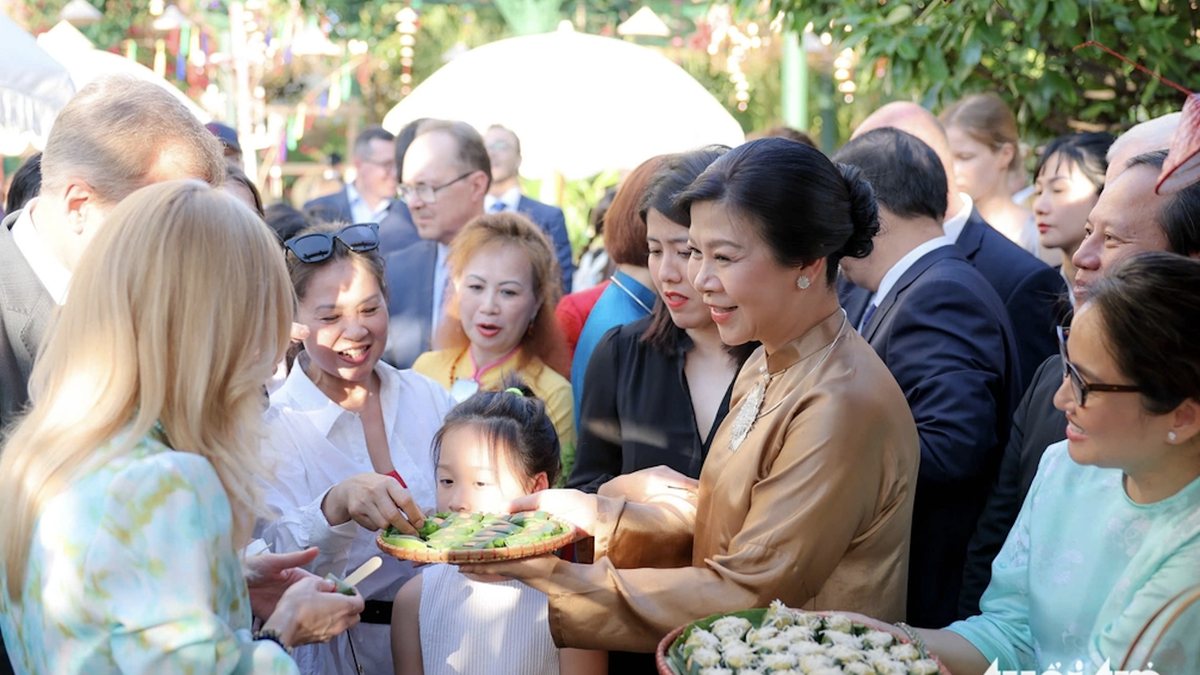


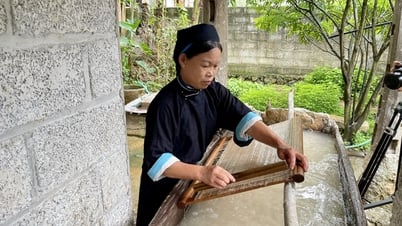

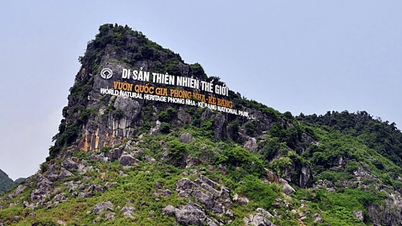



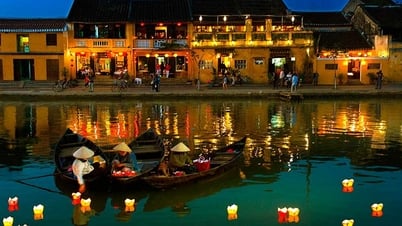

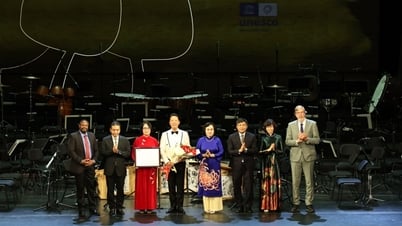

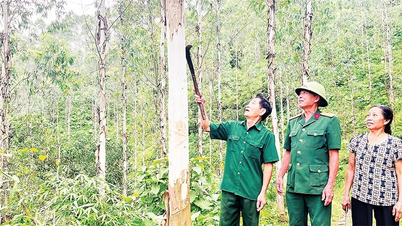

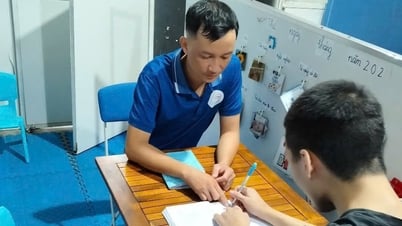

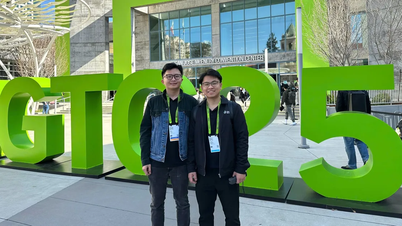


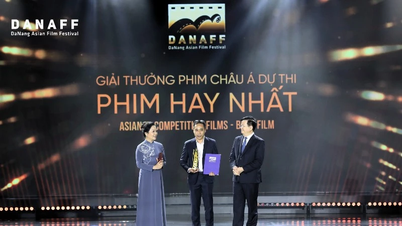
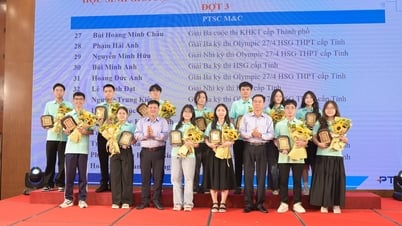




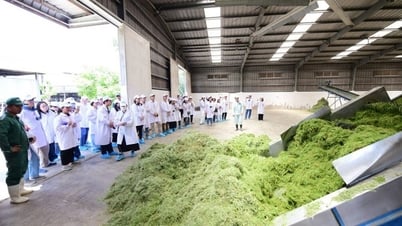

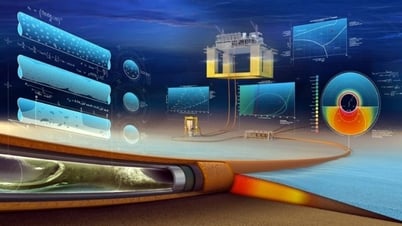
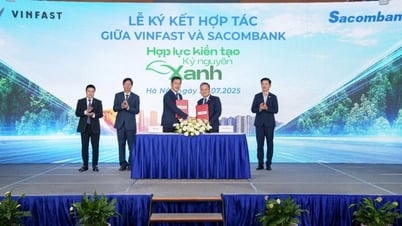





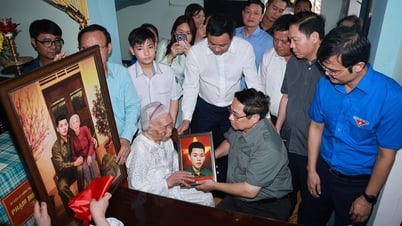
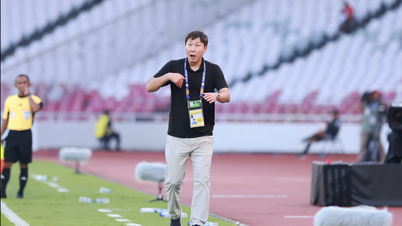


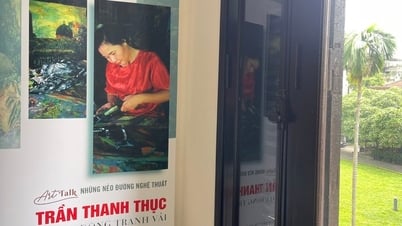

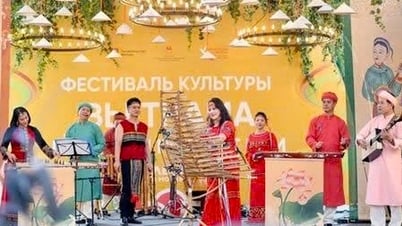
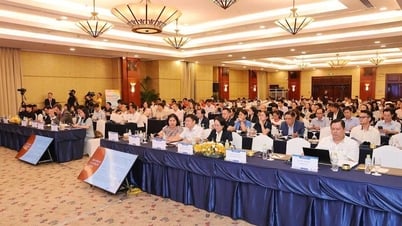

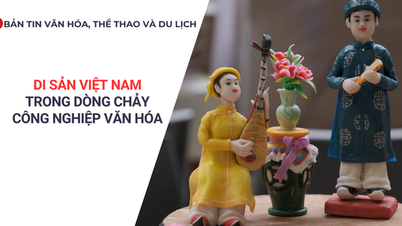


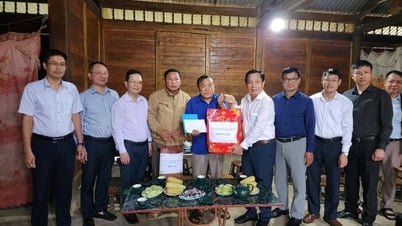













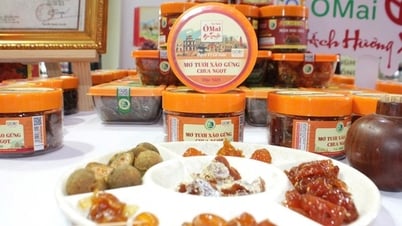



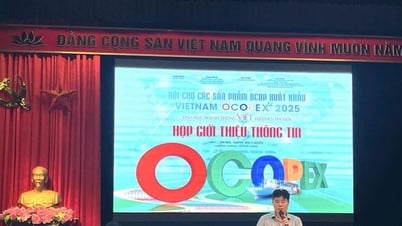



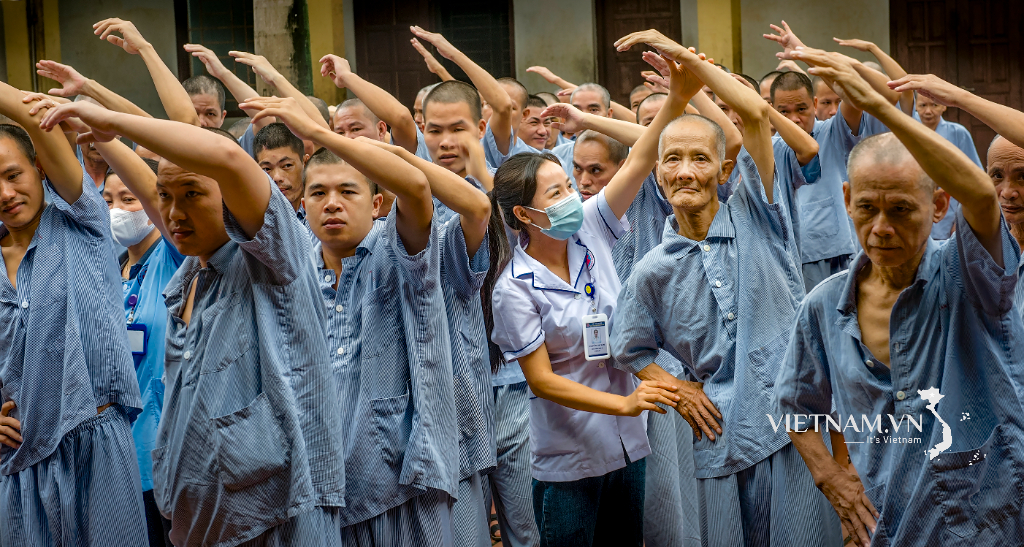
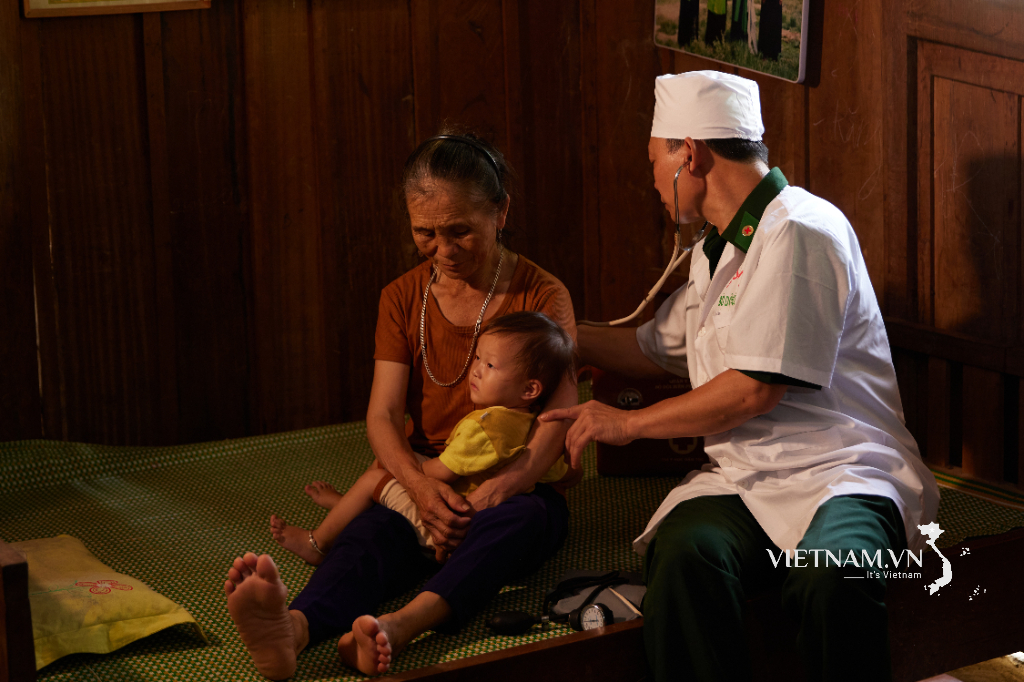

Comment (0)